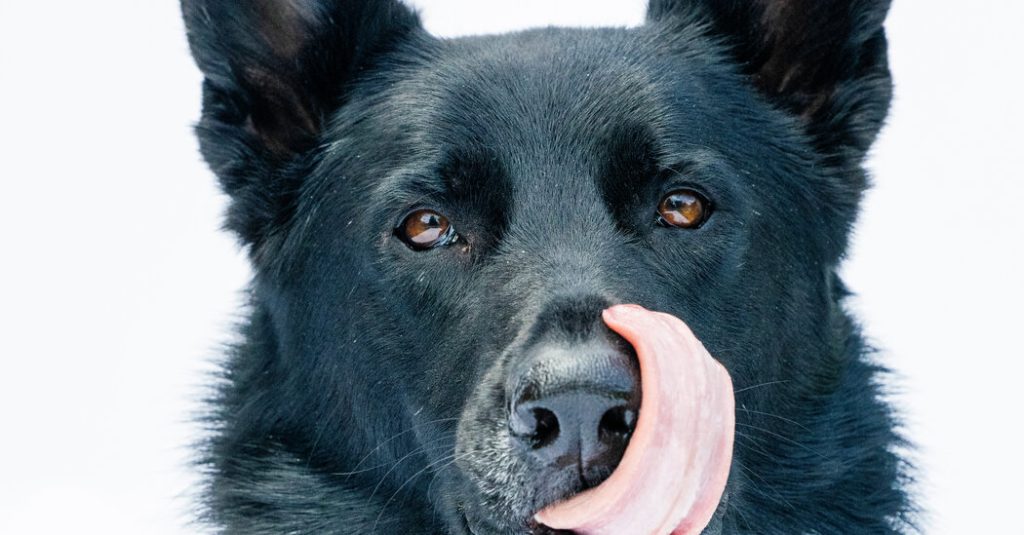This text is a part of our Pets special section on scientists’ rising curiosity in our animal companions.
Each canine has its day, and July 14, 2004, belonged to a boxer named Tasha. On that date, the National Institutes of Health announced that the barrel-chested, generously jowled canine had develop into the primary canine to have her full genome sequenced. “And every little thing has sort of exploded since then,” stated Elaine Ostrander, a canine genomics professional on the Nationwide Human Genome Analysis Institute, who was a part of the analysis group.
Within the 20 years since, geneticists have fallen exhausting for our canine companions, sequencing hundreds upon hundreds of canine, together with pedigreed purebreds, mysterious mutts, extremely educated working canine, free-ranging village canine and even historical canine stays.
Analysis on canine cognition and conduct has taken off, too. “Now canine posters are taking on half of an animal conduct convention,” stated Monique Udell, who directs the human-animal interplay lab at Oregon State College. “And we’re beginning to see cat analysis following that very same pattern.”
Just some a long time in the past, many researchers thought-about pets to be deeply unserious topics. (“I didn’t wish to research canine,” stated Alexandra Horowitz, who has since develop into a distinguished researcher within the area of canine cognition.) Immediately, companion animals are completely in vogue. Scientists all over the world are peering deep into the our bodies and minds of cats and canine, hoping to be taught extra about how they wriggled their means into our lives, how they expertise the world and learn how to maintain them residing in it longer. It’s a shift that some consultants say is lengthy overdue.
“We have now a accountability to deeply perceive these animals if we’re going to stay with them,” Dr. Udell stated. “We even have this nice potential to be taught so much about them and so much about ourselves within the course of.”
Pet initiatives
For geneticists, canine and cats are both rich subjects, given their lengthy, shut historical past with people and their susceptibility to most of the similar ailments, from most cancers to diabetes.









